Peru
- History
- Our Work
- Alternative Development
- Amazon Regional Environment Program
- Climate Change Adaptation
- Biodiversity
- Democracy, Human Rights and Governance
- Forestry
- Illegal Gold Mining
- Monitoring, Evaluation and Learning
- Private Sector
- Indigenous People
- Social and Economic Integration of Venezuelan Migrants
- COVID-19 Response
- Foreign Assistance Data
- Frequently Asked Questions
- Newsroom
- Partnership Opportunities
- TRANSFORMING LIVES
Speeches Shim
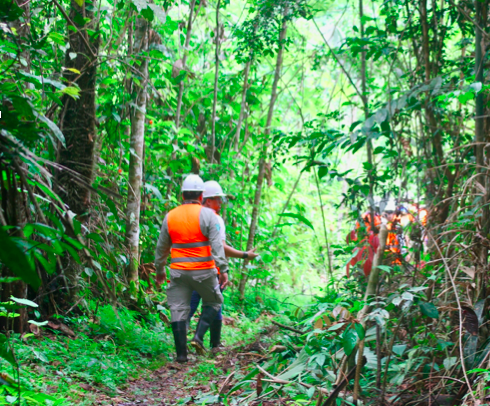
The Amazon rainforest, the most biodiverse region on Earth, constitutes more than 60 percent of Peru’s territory. In recent decades, illegal logging and deforestation has intensified and threatened the future of the Peruvian Amazon. USAID works with the Government of Peru to strengthen its forest sector to combat environmental crimes and related security threats, uphold the bilateral trade agreement, support indigenous peoples and sustainably manage forest resources.
The United States Agency for International Development (USAID), in partnership with the Government of Peru (GOP), is supporting the GOP efforts to improve their ability to develop and implement sustainable forest management policies and practices and increase efficient use of forest resources by the private sector and civil society. In an effort to better promote economic growth while reducing carbon emissions, USAID works with indigenous peoples, private enterprises, and other forest dwelling communities to support sustainable forest management, reduce deforestation and improve land management – improving conservation of some of the world’s most important forests and supporting Peru’s commitments for greenhouse gas emissions reductions.
OUR WORK
STRENGTHENING GOVERNMENT FOREST INSTITUTIONS
Strong environment and land management institutions are necessary within the Government of Peru to reduce emissions and promote sustainable forest management. To accomplish this, USAID supported the creation of the National Forest and Wildlife Service (SERFOR), the national entity responsible for forest and wildlife related issues. USAID also works with the Forest and Wildlife Resources Oversight Agency (OSINFOR) to strengthen its technical capacity for oversight of forest concessions, and with the Centers for Forest Technological Innovation (CITE Forestal) of the Ministry of Production (PRODUCE) to promote competitiveness of forestry companies. At the local level, USAID works with the Forest Authorities of Loreto, Madre de Dios and Ucayali, providing technical expertise to these institutions to improve budget management and access additional resources as well as providing additional in-person and virtual capacity building.
USAID works closely with the Ministry of Economy and Finance (MEF) to facilitate the increase of the forest authorities’ public budget. In 2021, this assistance helped to secure an additional $4.5 million in supplemental funding to assist the regional governments in Loreto, Ucayali and Madre de Dios. These additional resources represent a 123% increase of initial budget for Ucayali, 363% for Madre de Dios, and 400% for Loreto, and will be used to strengthen forest resource management and improve control and monitoring of forests and forest products.
DEVELOPING INCLUSIVE REGULATORY FRAMEWORKS
In addition to strong institutions, Peru needs clear, enforceable laws to protect its forests. USAID provided substantial support for the development of the Forestry and Wildlife Law and Regulations issued in September 2015. To ensure inclusive development of this law, USAID worked closely with representatives from Peru’s 52 indigenous communities living in the Amazon to include their contributions into the law. This landmark legal reform provides authority to SERFOR and local governments to formalize and regulate the timber industry, and to identify and address illegal logging. This reform has been complemented with technical assistance to ensure effectiveness of the concession model and the timber traceability system in the country. In 2021, USAID supported: a) the Indigenous organizations AIDESEP and CONAP socialized the Indigenous Forest Agenda with their branch organizations; b) OSINFOR formulated a new thematic component of the “forest backpack”, concerning negotiations between communities and third parties and c) OSINFOR identified specific measures to make the joint liability of third parties working in the forest sector more effective.
STRENGTHENING INDIGENOUS RIGHTS AND RESOURCES
At the local level, USAID is working collaboratively with indigenous communities and their representatives in the regions of Loreto, Madre de Dios and Ucayali, to scale-up community oversight and monitoring of forest resources while improving forest-based livelihoods by developing Life Plans and sustainable businesses through a community forest management (CFM) model. Life Plans are indigenous development and management plans created for their community as a way of ensuring self-determined development. It is approved by the community and recognized by the authority and the public. CFM is a proven approach that combines sustainable resource management and improved financial security through improved market access. USAID is providing assistance to the technical units for CFM of Loreto, Ucayali and Madre de Dios, promoting improved coordination among indigenous communities and their representative organizations to increase public and private interest in the implementation of Life Plans as official instruments of community development. In 2021 USAID helped the regional government of Madre de Dios to create their first Forestry and Wildlife Management Unit. The management unit covers one million hectares, over half the province, and includes half of Peru’s certified forests. The goal of this support is to make government services accessible to diverse forest users, foster participatory management, and reduce illegal activities in the area.
IMPROVING TECHNICAL CAPABILITIES
Protecting Peru’s natural resources requires: reliable data to inventory legal sources of forest products; communication with law enforcement; and, assurances that forest products adhere to international laws.
To achieve these standards, USAID assisted SERFOR to develop an online forest and fauna information management system, or the Control Module of the National Forest and Wildlife Information System (MC-SNIFFS). In 2021, SERFOR defined the conceptual basis of MC-SNIFFS , launched the development of the MC-SNIFFS information technology (IT) system, with a local company, the Software Factory, and completed the acquisition of equipment, licenses and furniture for the central administration and maintenance unit of the IT system ( USD 1 Million).
OSINFOR recently signed agreements with six regional governments to align forest management policies, standardize supervision protocols, optimize financial and logistical resources, and carry out joint visual inspections, including in some cases, of sawmills. This close coordination has contributed to more effective management, better planning and land use allocation, economic formalization, increased law enforcement and detection of infractions, and improved prevention activities. USAID is also supporting OSINFOR with the development of an online platform with real-time alerts based on their field observations, and will endeavor to improve their remote monitoring capabilities to provide oversight of forest concessions using satellite imagery. This capacity is critical when field access is limited, which was highlighted during the COVID-19 crisis. With USAID support, the GOP conducted a thorough illegal logging analysis using 2017 data, based on proven methodology that has been used in several other Latin American countries. OSINFOR is leading a GOP team to use this methodology to update this study as part of the Action Plan for National Multi-sectoral Strategy to Combat Illegal Logging 2021-2025.
Forestry - English ![]() (pdf - 2 MB)
(pdf - 2 MB)
SECTOR FORESTAL PERUANO - SPANISH ![]() (pdf - 2 MB)
(pdf - 2 MB)
THE FOREST ALLIANCE ![]() (pdf - 656k)
(pdf - 656k)
ALIANZA FORESTAL - SPANISH ![]() (pdf - 2 MB)
(pdf - 2 MB)
AMAZON BUSINESS ALLIANCE - ABA ![]() (pdf - 92k)
(pdf - 92k)
ALIANZA EMPRESARIAL POR LA AMAZONÍA - ABA ![]() (pdf - 171k)
(pdf - 171k)
USAID PRO-BOSQUES ![]() (pdf - 503k)
(pdf - 503k)
PRO-BOSQUES - USAID - SPANISH ![]() (pdf - 508k)
(pdf - 508k)
FOREST OVERSIGHT AND RESOURCE STRENGTHENING ![]() (pdf - 6 MB)
(pdf - 6 MB)
SUSTAINABLE MANAGEMENT OF FOREST CONCESSIONS ![]() (pdf - 540k)
(pdf - 540k)
MANEJO SUSTENTABLE DE CONCESIONES FORESTALES ![]() (pdf - 599k)
(pdf - 599k)
Last updated: November 29, 2022


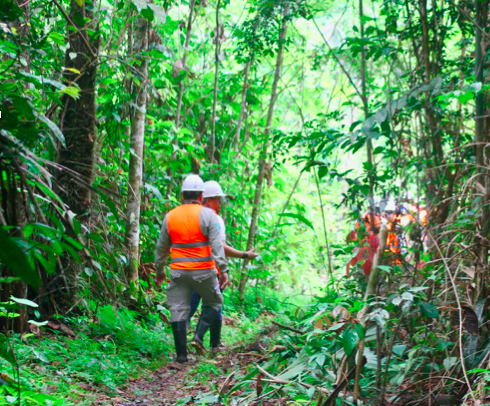
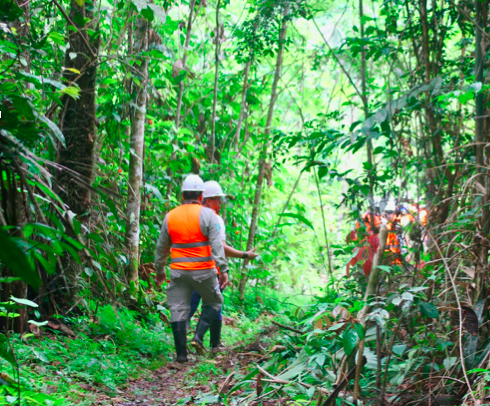
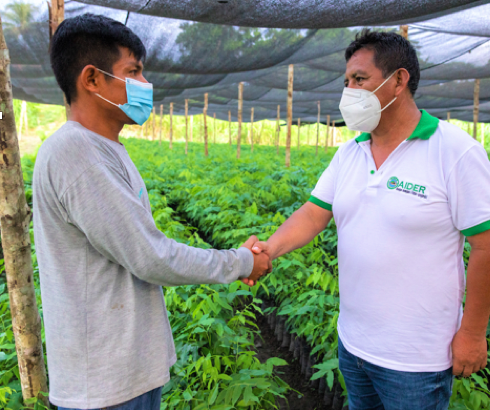
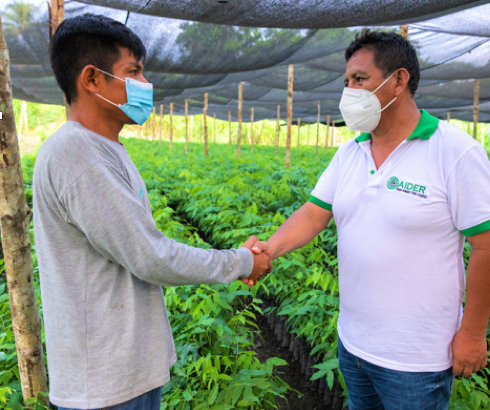
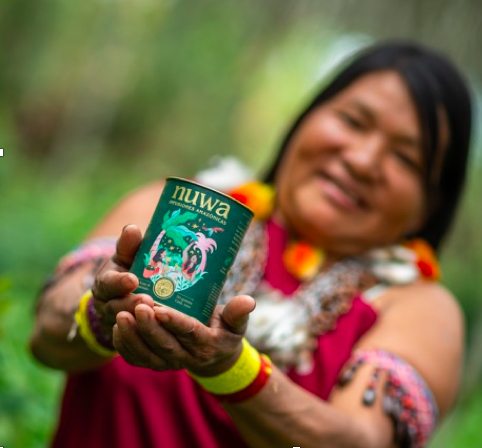



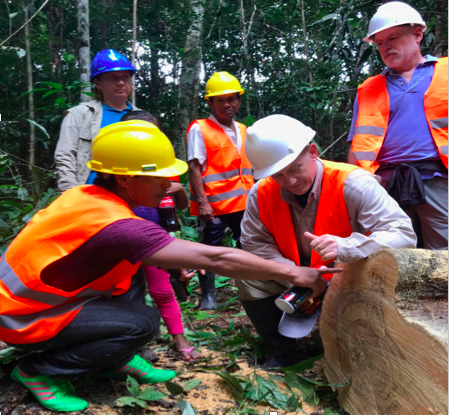

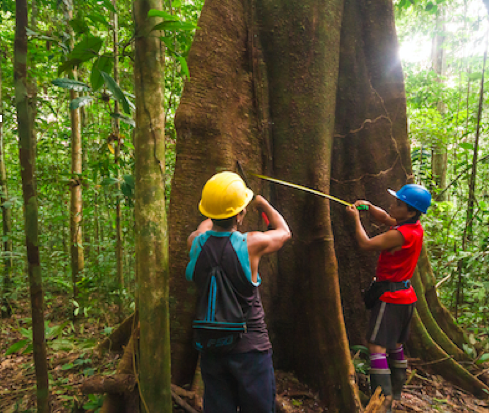
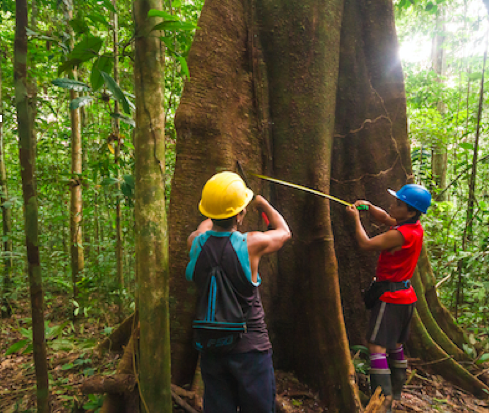
Comment
Make a general inquiry or suggest an improvement.